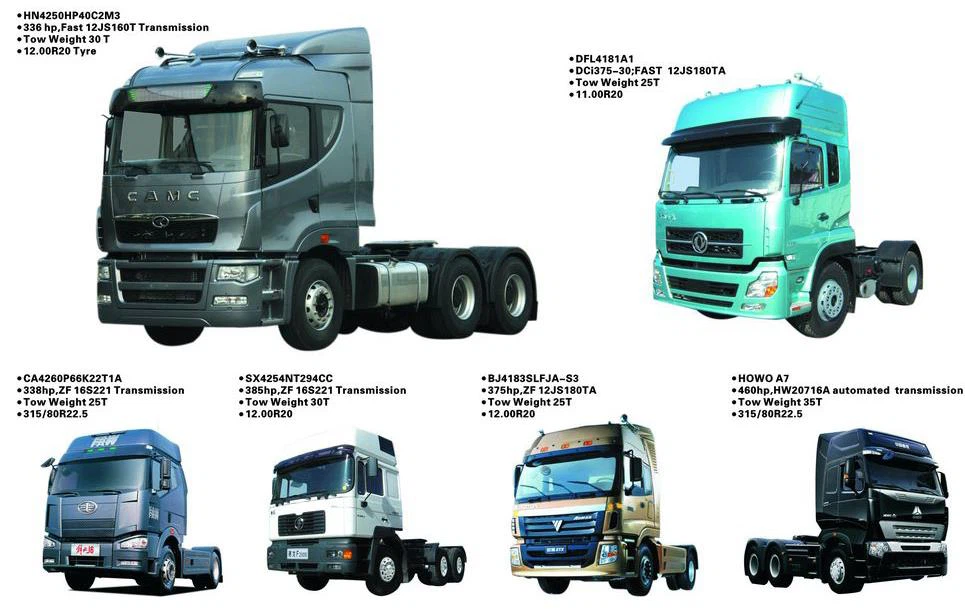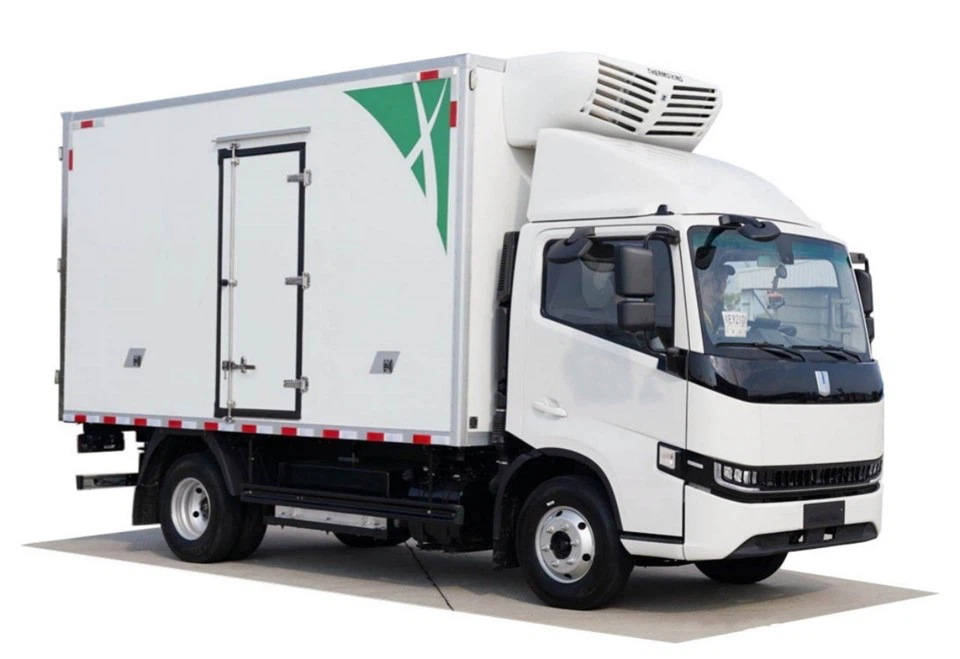When thinking about transportation and logistics, one often overlooks the details about what actually moves from one place to another. One critical component of this system is the tanker truck, a vital asset in the distribution of liquids. Understanding how many gallons these trucks can hold is essential for both companies in the logistics sector and consumers looking to comprehend the scope of transport operations. In this article, we will explore various aspects of gallons in tanker trucks, including their capacities, types, regulations, and real-world applications.

What is a Tanker Truck?
A tanker truck is a specialized vehicle designed to transport liquids. These trucks are commonly seen in the delivery of fuels, chemicals, food products, and other liquids. While they serve a specific function, tanker trucks come in various shapes and sizes, each tailored for different types of liquids and specific regulatory standards.

Types of Tanker Trucks

Tanker trucks can be classified into several categories based on their design and the liquids they transport. Here are some common types:
- Fuel Tankers: Used to carry gasoline, diesel, and other fuels.
- Chemical Tankers: Designed for transporting hazardous materials and industrial chemicals.
- Food Grade Tankers: Built to transport food products such as milk or juices, with special materials to ensure safety and hygiene.
- Water Tankers: Primarily for transporting potable water or irrigation water.
- Vacuum Tankers: Used for sucking up liquids such as sewage, sludge, and other waste materials.